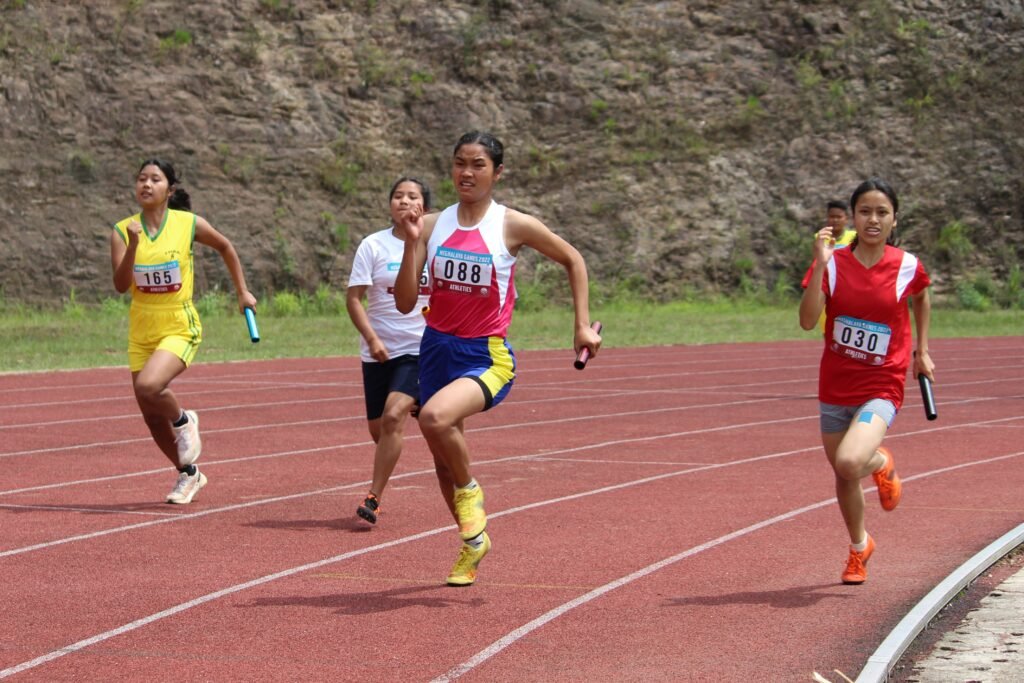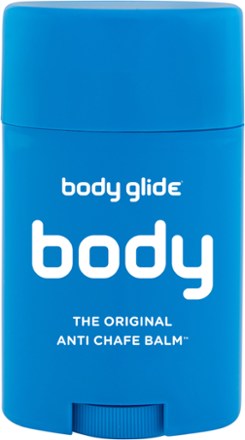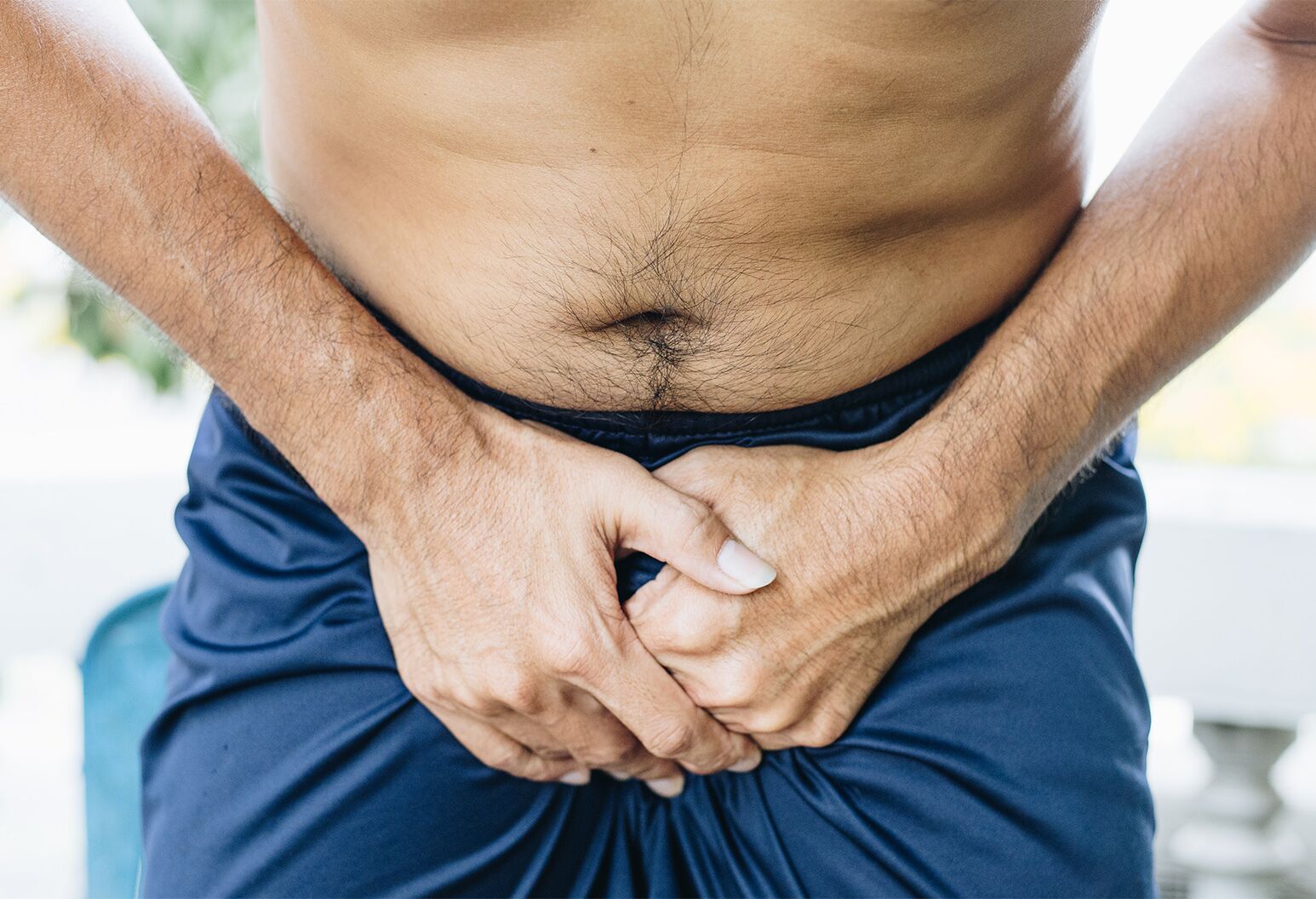Friction Frustration: Decoding Female Groin Chafing
Groin chafing. You know what? It’s super common, and honestly, it can be a real pain, especially for women. It’s that burning, stinging irritation that pops up when your skin rubs together, and nobody wants to deal with that. The main culprit? Friction. Think of it like this: repetitive rubbing, like when your thighs brush together while walking or running, leads to irritation. Understanding what causes chafing in groin area female is the first step to preventing it.
But why is the groin area so prone to chafing? Well, it’s often a perfect storm of factors. Add in some sweat, maybe some tight clothing, and you’ve got a recipe for disaster. Common areas affected include the inner thighs, the area where the groin meets the leg, and even around the labia. It’s not just about exercise, either. Even everyday activities can trigger that annoying rub. What causes chafing in groin area female is many things but mainly friction.
The good news is, you’re not alone, and there are definitely ways to manage and prevent this discomfort. We are going to help you with tips and tricks. Stick around; we’ll explore everything from clothing choices to lifestyle adjustments and even some product recommendations. So, let’s learn about what causes chafing in groin area female and how to keep you comfortable and confident, no matter what you’re doing.
How to Prevent Thigh Rubbing and Irritation Down There
So, you’re wondering how to dodge the discomfort of groin chafing? Let’s talk prevention. It’s way easier to sidestep the problem than deal with the aftermath. One of the biggest culprits behind what causes chafing in groin area female is friction, plain and simple. And what fuels that friction? Often, it’s your clothing choices and how well you manage moisture.
First up, clothing. Think of your wardrobe as your first line of defense. Fabrics make a huge difference. You want materials that wick away sweat instead of trapping it. Look for synthetics like polyester or nylon, or even better, merino wool. These fabrics pull moisture away from your skin, keeping you drier and less prone to chafing. On the flip side, cotton is often a bad choice, especially during workouts. It soaks up sweat like a sponge and stays wet, creating the perfect breeding ground for friction. And tight clothes? A recipe for disaster. Anything that rubs and digs into your skin is going to cause problems. Think about your underwear, your workout leggings, even your swimwear. Are they too snug? Do they have rough seams that irritate? Choosing well-fitting, comfortable clothes can make a world of difference and minimize what causes chafing in groin area female.
But clothing isn’t the only piece of the puzzle. Staying dry is crucial, especially if you’re active or live in a humid climate. After a workout or a swim, hop in the shower as soon as you can. Don’t let that sweat linger. And before you even get dressed, consider using an anti-chafing product. These come in many forms, from balms to creams to powders. They create a smooth barrier on your skin, reducing friction and preventing irritation. Think of them as a protective shield against chafing. Which type is best? It really depends on your personal preference and the activity you’re doing. Experiment to find what works best for you and remember that prevention is key when talking about what causes chafing in groin area female.
The Role of Clothing: Choosing the Right Fabrics and Fit to Avoid Chafing
Clothing can be a major culprit in what causes chafing in groin area female. Think about it: your clothes are in constant contact with your skin. The fabric itself, the fit, even the seams can contribute to friction and irritation. Choosing the right materials and styles is a simple way to avoid discomfort. What should you be looking for?
When it comes to fabrics, ditch the cotton when you’re working out or sweating. While comfy for lounging, cotton absorbs moisture and stays wet, creating a breeding ground for friction. Instead, reach for moisture-wicking fabrics like merino wool, synthetics (polyester, nylon, spandex), or blends. These materials pull sweat away from your skin, helping you stay dry and reducing the chance of chafing. Merino wool is fantastic because it’s naturally breathable and odor-resistant, but synthetic options are usually more budget-friendly. You know what else makes a big difference? The fit of your clothes. Too tight and they’ll rub; too loose and they’ll bunch up and rub. It’s a Goldilocks situation! Pay special attention to underwear, activewear, and swimwear. Seamless underwear or those with flat seams can work wonders. Ill-fitting activewear can lead to problems, regardless the activity, and swimwear should fit snugly but not dig into your skin. Also, rough seams? Avoid them like the plague!
And let’s not forget about the importance of proper fit. Tight clothing restricts movement and increases friction, while loose clothing can bunch up and create more opportunities for rubbing. Underwear, activewear, and swimwear are prime candidates for causing chafing if they don’t fit well. Look for seamless options or those with flat seams to minimize irritation. When choosing activewear, consider styles designed specifically to prevent chafing, such as compression shorts or fitted tops. For swimwear, ensure that the elastic doesn’t dig into your skin and that the fabric is smooth and comfortable. Ultimately, selecting the right clothing is a simple measure to address what causes chafing in groin area female, so preventing issues before they even arise.
Beyond Clothes: Identifying Contributing Lifestyle Factors
Clothing is a major factor, yes, but what causes chafing in groin area female can also stem from your lifestyle. It’s not just about what you wear, but also what you *do* while wearing it. Let’s explore those sneaky, less obvious culprits behind that irritating groin rub.
Think about your exercise routine. Are you a marathon runner? Do you love spinning classes? Intense, long-duration activities often mean more sweat and friction. The longer you’re at it, the higher the chance of chafing rearing its ugly head. But it’s not just high-impact stuff; even seemingly gentle activities like swimming can contribute. Chlorine, while keeping the pool clean, can dry out your skin, making it more prone to irritation. And let’s not forget hygiene. Or rather, *inadequate* hygiene. We’re not talking about being squeaky clean 24/7, but neglecting to shower after a sweaty workout? That’s just asking for trouble. All that sweat and bacteria linger, creating a perfect storm for chafing, rashes and general discomfort “down there”. Speaking of bacteria, its worth noting, douching, while marketed as “hygienic”, it upsets the natural balance of bacteria that naturally keeps your pH levels stable.
Then there’s the sitting situation. Spending hours parked in a chair, especially in tight clothing, can also increase friction and trap moisture. It’s like a slow-motion chafing machine! So, whether you’re a desk jockey or a dedicated gamer, prolonged sitting can definitely be a factor. The key takeaway? Consider your daily habits. What activities might be contributing to friction and moisture buildup? Recognizing these factors is the first step in taking control and preventing that dreaded what causes chafing in groin area female from ruining your day. Also, remember that sweat, and specifically the salt content of sweat, plays a significant role. Staying hydrated helps dilute that sweat, making it less irritating.
Sweat’s Influence: Managing Moisture to Minimize Irritation
Sweat can really stir up trouble when it comes to groin chafing. You know what? It creates a damp environment, and that moisture seriously ramps up friction. Think of it like trying to slide across sandpaper – not fun, right? Understanding this, managing sweat is key to preventing and dealing with “what causes chafing in groin area female”.
Staying hydrated is more important than you might think. When you’re well-hydrated, your sweat becomes more diluted, reducing the concentration of salt, which can be a major irritant. So, keep that water bottle handy! But what else can you do? Absorbent powders can be a game-changer. Talc used to be the go-to, but there are now concerns about its potential health effects. Cornstarch is another option, but it can sometimes clump and become less effective, so it might not be the best. What causes chafing in groin area female? Sweat is a big cause. There are alternatives like Zeasorb, which is specifically designed to absorb moisture and minimize friction.
Antiperspirants aren’t just for your underarms. Using a mild antiperspirant in the groin area can help reduce sweating, but proceed with caution. The skin down there is sensitive, so test a small area first. Also, make sure it’s fragrance-free to avoid further irritation. If you are looking to prevent “what causes chafing in groin area female,” keep an eye on moisture. Remember, the goal is to keep the area as dry as possible to minimize friction. This is one of the best defenses against “what causes chafing in groin area female” and all the discomfort that comes with it.
Soothing Solutions: Relief Methods for Existing Groin Chafing
Chafing can be incredibly uncomfortable, so what causes chafing in groin area female and more importantly, how can you find relief? Let’s explore some practical solutions. The first step is gentle cleansing. Forget harsh soaps or vigorous scrubbing. Instead, use lukewarm water and a mild, fragrance-free cleanser to carefully wash the affected area. Pat, don’t rub, the skin dry with a soft towel. You might even consider letting the area air dry completely; the less friction, the better.
Next up are soothing ointments and creams. Think of these as a comforting balm for your irritated skin. Products containing zinc oxide are fantastic because they create a protective barrier, shielding the skin from further friction and moisture. Aloe vera, with its well-known soothing properties, can help calm inflammation and reduce redness. Calendula is another great option, known for its gentle healing abilities. Apply a thin layer of your chosen ointment or cream to the chafed area, and reapply as needed throughout the day. Now, for a quick fix to bring down inflammation, you can reach for an over-the-counter hydrocortisone cream. But remember, this is a short-term solution. Extended use can thin the skin and cause other issues, so stick to a few days max.
Above all else, while your skin is healing, it’s crucial to avoid further irritation. That means skipping tight clothing, harsh detergents, and any activities that initially caused the chafing. Give your skin a chance to breathe and recover. You know what? Sometimes, a little rest and relaxation are the best medicine. Think of it as a good excuse to wear those comfy, loose-fitting clothes you love!
Product Spotlight: Anti-Chafing Balms, Creams, and Powders That Can Help
You know what? When it comes to battling the dreaded groin chafing, what causes chafing in groin area female, you’ve got options! We’re talking about a whole arsenal of anti-chafing products designed to keep you comfortable and chafe-free. So, let’s break down the different types: balms, creams, powders, and even sticks. Each has its own set of pros and cons, and the best choice really depends on your activity level, skin type, and personal preference.
First up, balms and sticks. These are like solid lubricants that create a protective barrier on your skin. They’re generally long-lasting and water-resistant, making them a solid choice for athletes or anyone doing a lot of sweating. Application is super easy – just swipe it on those areas prone to friction. Many athletes find Body Glide or Squirrel’s Nut Butter effective for long runs, but honestly, there are tons of great options out there. Now, onto creams! Anti-chafing creams often contain moisturizing ingredients, which can be a plus if you have dry skin. They might not last quite as long as balms, especially during heavy sweating, but they can be incredibly soothing. Plus, some creams have added benefits, like anti-inflammatory properties.
Last but not least, let’s talk powders. These are designed to absorb moisture and reduce friction. The main advantage is that dry feel. Some prefer the dry feel of Gold Bond powder; but, you know, there are also talc-free options. Look for products containing cornstarch or other natural absorbent ingredients if you’re concerned about talc. Keep in mind that powders can sometimes be a bit messy, and they might not be the best choice for super intense activities where you’re sweating a lot. When it comes to what causes chafing in groin area female, and choosing the right product, experiment and see what works best for you! Don’t be afraid to try a few different types until you find your holy grail of anti-chafing protection. After all, a little prevention goes a long way in keeping that delicate skin happy and healthy.
When to Seek Expert Help: Recognizing When Chafing Signals Something More
It’s crucial to know when home care isn’t enough. Sometimes, what causes chafing in groin area female might not be simple friction. Increased pain that doesn’t subside, unusual swelling, persistent redness, the presence of pus, or even a fever are all red flags. These symptoms suggest a possible infection, and prompt medical attention is essential to prevent complications. What causes chafing in groin area female can sometimes be an underlying infection.
Even if there are no obvious signs of infection, don’t hesitate to see a doctor if the chafing persists or worsens despite your best efforts. What causes chafing in groin area female in some cases can be a sign of an underlying skin condition. It could be something other than simple chafing, such as a yeast infection, which requires antifungal treatment. Similarly, conditions like eczema or psoriasis can manifest in the groin area and mimic chafing, necessitating a different approach to management. Getting a professional diagnosis is key to effective treatment.
Listen to your body. If something doesn’t feel right, or if your usual remedies aren’t working, seeking medical advice can provide peace of mind and ensure you receive the appropriate care. Don’t delay seeing a healthcare provider, because the question of what causes chafing in groin area female might need a deeper look.




